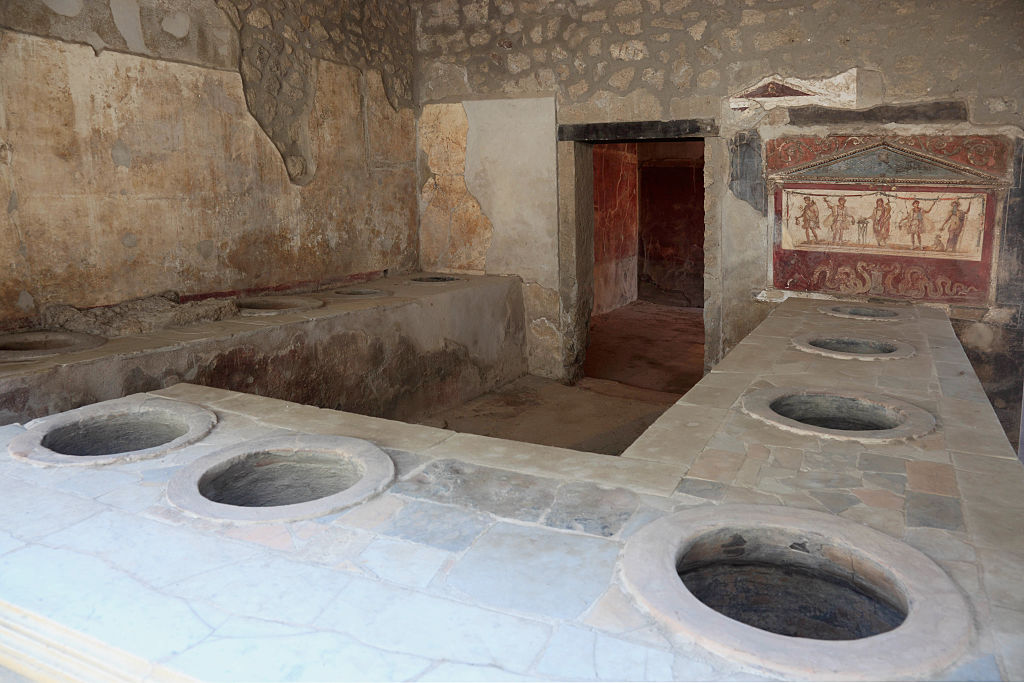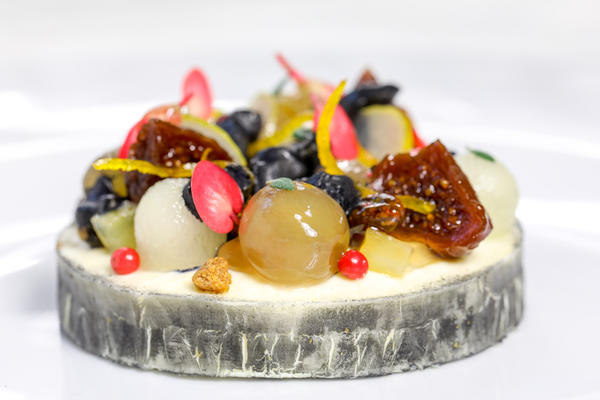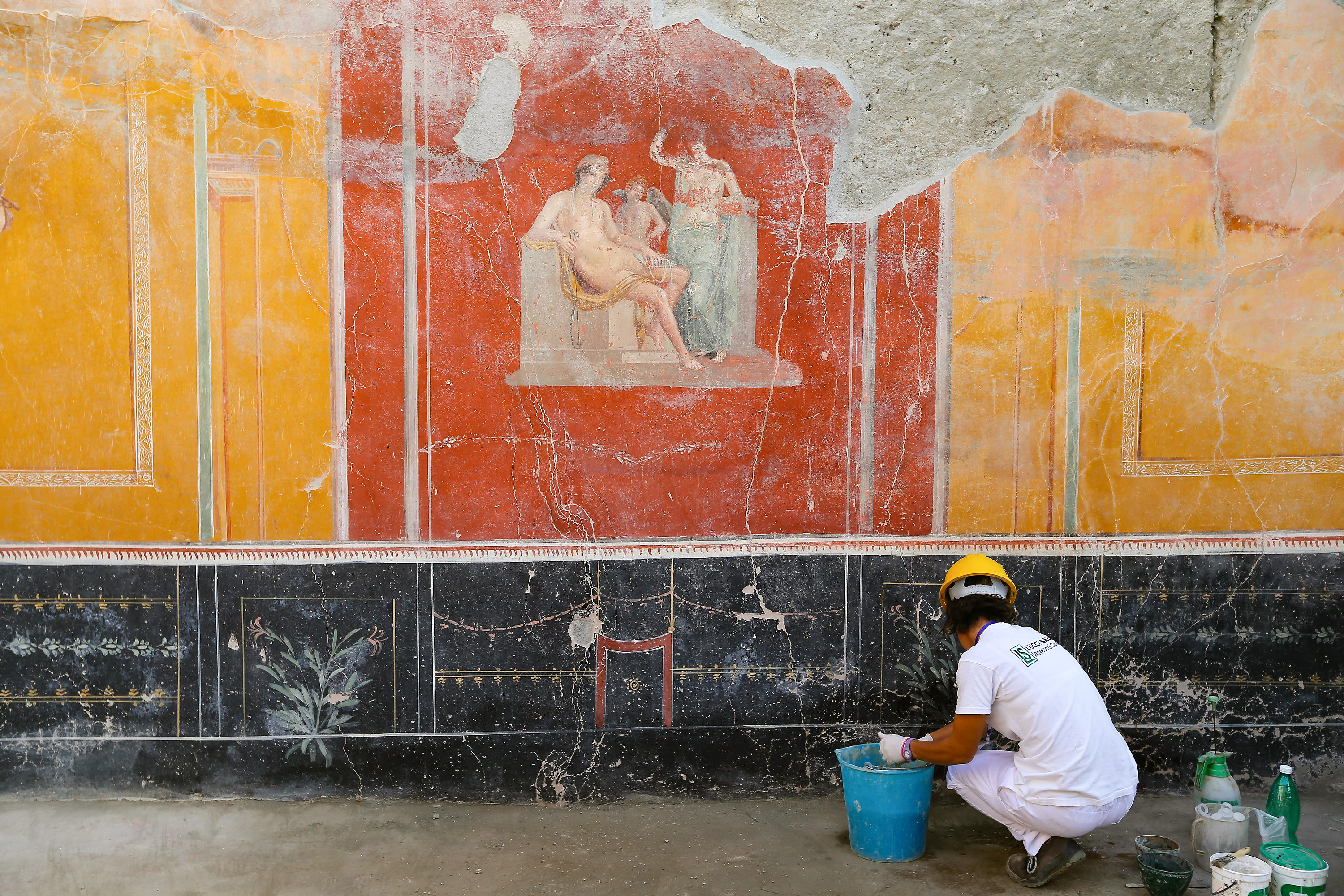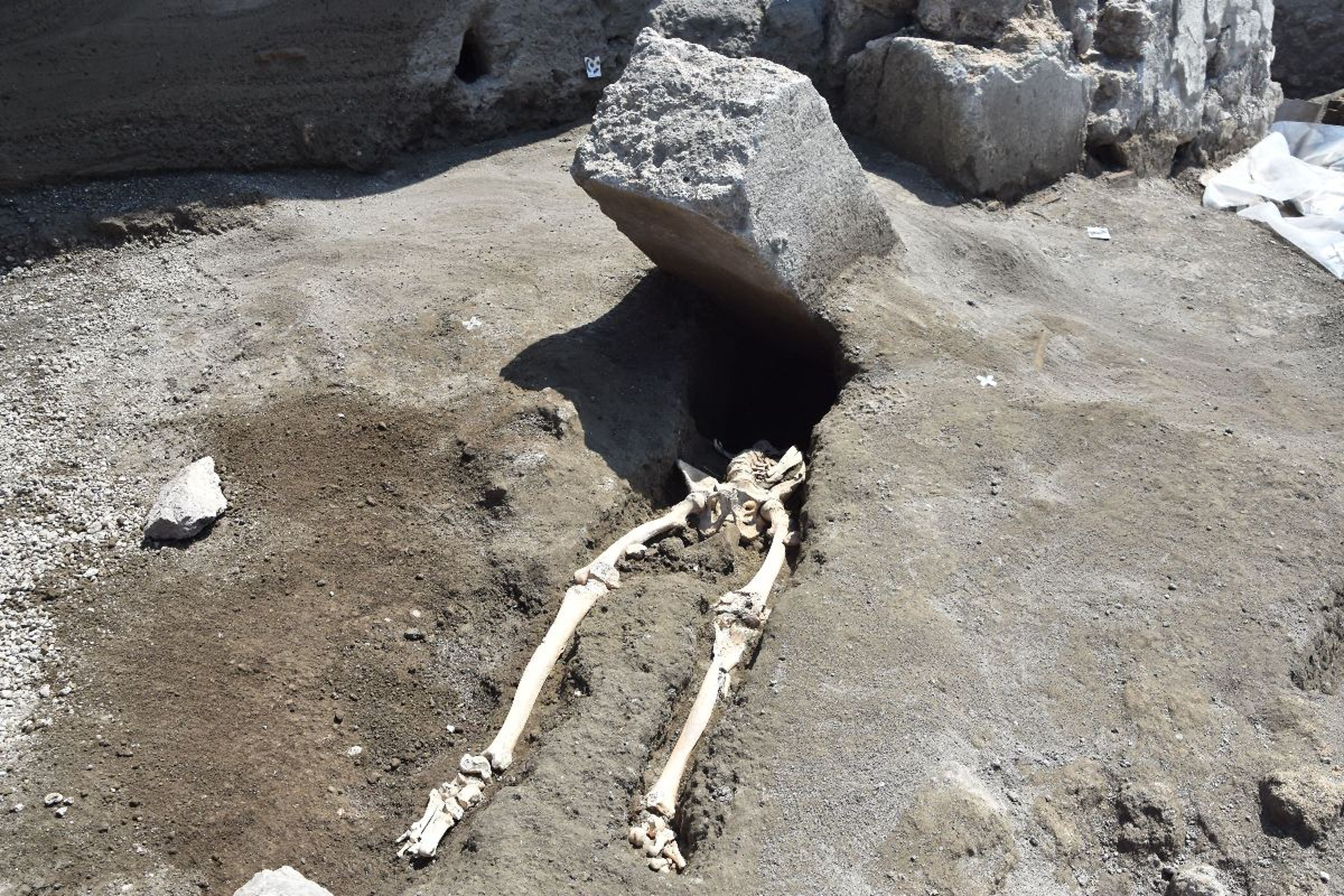In 2019, archaeologists working to explore the ruins of Pompeii began excavating a thermopolium — a place that served hot food and drinks, essentially. The process didn’t end there, however, and this year the excavation of the full structure was completed. Did fast food and street food have counterparts in the time of ancient Rome? If what’s been discovered here is any indication, the answer is a resounding yes.
A new article at The Washington Post by Frances D’Emilio explores the process of the dig and offers insight as to what was discovered there. For one thing, it seems likely that the artwork archaeologists have discovered isn’t simply decorative.
“Images of two upside-down mallards and a rooster, whose plumage was painted with the typical vivid color known as Pompeiian red, also brightened the eatery and likely served to advertise the menu,” writes D’Emilio.
Archaeologists found a number of items in containers that suggested other menu options — including fava beans, goat remains and a duck bone. The article also notes that restaurants like this one were not geared towards the city’s elite; instead, they were likely frequented by average people looking for a solid meal.
And, much as restaurants today have a tendency to situate themselves near one another, this thermopolium was located across a square from another one. Some rules for running a successful restaurant never go out of style, it seems.
Subscribe here for our free daily newsletter.
Every Thursday, our resident experts see to it that you’re up to date on the latest from the world of drinks. Trend reports, bottle reviews, cocktail recipes and more. Sign up for THE SPILL now.

















